Make Your Garden Grow All Season with this Free Printable Planting Schedule
on Apr 11, 2017, Updated Oct 30, 2023
This post may contain affiliate links. Please read our disclosure policy.
Our comprehensive Zone 5 Planting Schedule will help you grow like a pro! Here’s what you need to understand about your growing zone and how a planting schedule can boost the productivity of vegetable gardens. And the best news, while this guide is geared to zone 5 gardens, it can be easily adapted to all growing zones!

Introduction to Gardening in Zone 5
Garden zone 5, also known as USDA Plant Hardiness Zone 5, is the region in North America with an average minimum winter temperature range of -20 to -10°F (-28.9 to -23.3°C).
Table of Contents
- Introduction to Gardening in Zone 5
- Understanding Frost Dates
- Best Crops for a Zone 5 Garden
- What is Succession Planting and How Does it Benefit Gardeners?
- These vegetables respond well to succession planting in Zone 5:
- Printable Zone 5 Planting Schedule – Adaptable to All Zones
- How to Adapt the Zone 5 Planting Schedule to a Different Zone
- If you like this printable garden planting guide, you’ll like these posts too:
This lovely zone is characterized by cold, harsh winters and mild to hot summers, and has an average frost-free growing season of approximately 140-180 days. I might not sound like it, but that is a short growing season compared to warmer zones.
Within Zone 5, there are two microclimates that have slightly different weather patterns and growing conditions, 5a and 5b. Understanding your own nuanced growing climate is one of the most important things to know about your garden.
My specific USDA zone is 5b which means it’s slightly warmer here than more northern areas of Zone 5a. The slightly different weather changes frost dates, which of course, changes the planting schedule.
About 35 different states have pockets of Zone 5 gardens in them including the southern coast of Alaska! If you don’t know your garden zone, make sure you find out here. If you’re curious which 35 different states are included in Zone 5, here they are!
- Connecticut
- Illinois
- Indiana
- Iowa
- Kansas
- Kentucky
- Maine
- Maryland
- Massachusetts
- Michigan
- Minnesota
- Missouri
- Nebraska
- New Hampshire
- New Jersey
- New York
- North Dakota
- Ohio
- Pennsylvania
- Rhode Island
- South Dakota
- Vermont
- Virginia
- West Virginia
- Wisconsin
Gardeners in Zone 5 face unique challenges, such as managing frost dates, selecting cold-hardy plants, and preparing soil for a relatively short growing season.
However, with proper planning and care, Zone 5 gardeners can still enjoy a bountiful harvest of fruits, vegetables, and other crops.
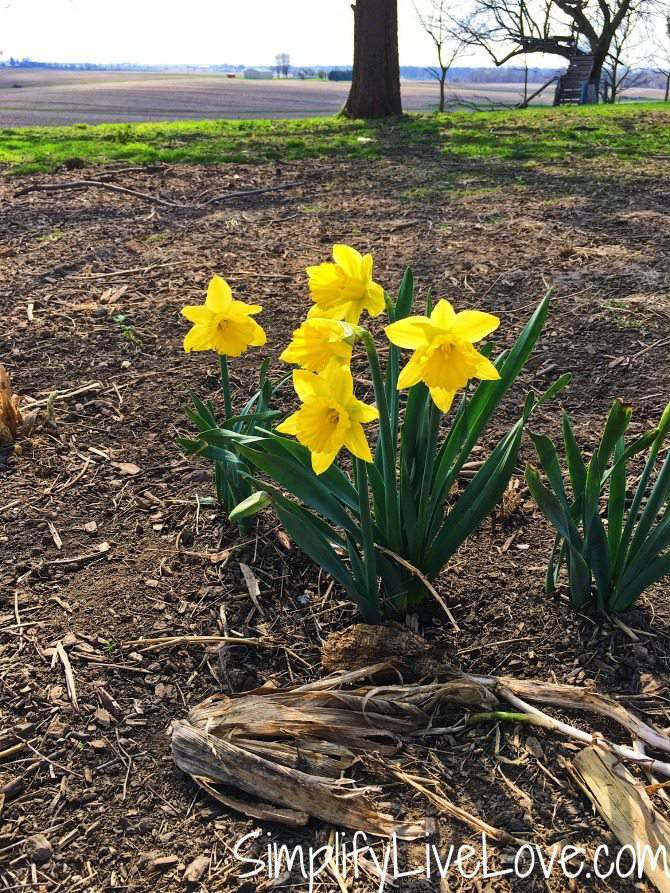
Understanding Frost Dates
Understanding frost dates is super important for all gardeners – but especially for gardeners in colder zones. Frost can damage or even kill plants that are not cold-hardy so planting too early can result in damage from late frost. But planting too late is also a concern because it can mean that plants don’t have enough frost-free growing days to mature fully and produce a bountiful harvest.
My zone, 5b, has an average last frost date of May 15 and an average first frost date of October 15. These dates do vary from year to year and I have to pay close attention to the weather in the spring and fall to maximize my harvest. If you don’t know your garden zone and frost dates, make sure to find out here.
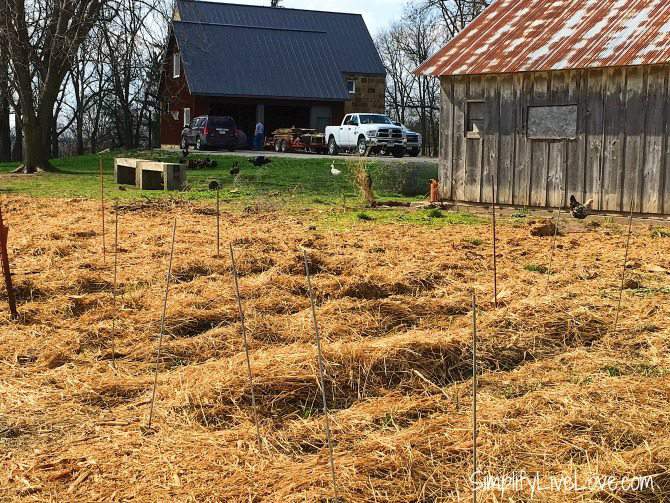
Best Crops for a Zone 5 Garden
Many crops can do well in a zone 5 garden as long as they’re planted at the right time. There are three main types of crops to consider: cool-season, warm-season, and perennial.
Keeping track of all of these details can be challenging, and that’s why we made this printable Zone 5 Planting Schedule!
Pin this now to find it later
Pin ItCool-Season Crops
Cool-season crops thrive in cooler temperatures and can be planted in early spring for a summer harvest or late summer/early fall for a fall harvest.
A few cool-season crops that are well-suited for Zone 5 include:
Leafy greens such as lettuce, spinach, arugula, and kale. They can be planted in early spring as soon as the soil is workable, and again in late summer for a fall harvest. Planting in succession can provide a continuous supply of fresh greens throughout the growing season.
Root vegetables such as carrots, beets, turnips, and radishes.. They too can be planted in early spring for a summer harvest or late summer/early fall for a fall harvest. They are also well suited to succession planting. Root vegetables are particularly well-suited for fall planting, as the cooler temperatures can help sweeten their flavor.
Peas are another cool-season crop that grows well in Zone 5. They can be planted in early spring as soon as the soil is workable and will produce a harvest in late spring or early summer. They can also be planted in late summer for a fall harvest.
Brassicas such as broccoli, cauliflower, and cabbage. They can be planted in early spring or late summer/early fall and will produce a harvest in the late spring or fall, respectively.
Warm-Season Crops
Even though Zone 5 has a relatively short growing season, there are still a variety of warm-season crops that grow successfully here. Many must be started indoors from seed to give them the time they need to grow, but some of them can be directly sown from seed into the garden.
Here are warm-season crops that are well suited to the zone 5 garden:
Tomatoes. They should be planted after the last frost date, typically in late May or early June. There are many varieties of tomatoes to choose from, including cherry, heirloom, and beefsteak.
Peppers. They should be planted after the last frost date, typically in late May or early June. Sweet peppers and hot peppers are both popular choices, with a wide range of varieties to choose from.
Beans. They can be planted in late May or early June and will produce a harvest in mid to late summer. Both bush and pole beans are popular choices.
Cucumbers. This refreshing and easy-to-grow warm-season crop can be planted after the last frost date, typically in late May or early June. There are many varieties of cucumbers to choose from, including slicing, pickling, and burpless.
Squash. Summer squash, such as zucchini, should be planted after the last frost date, while winter squash, such as butternut, should be planted a few weeks later.
Corn. Although corn is a warm-season crop, it does have some frost tolerance. If the soil conditions and weather outlook are good, corn can be planted a few weeks before the last frost date. I like to watch the local farmers. When they start planting commercial corn, I know it’s safe for me to consider doing so too.
Perennial Plants for a Vegetable Garden
Perennial crops are plants that live for more than two years and have a dormant period during the winter months. These crops provide a more permanent source of food and can be a great addition to any garden. I love adding perennial crops to my garden because they just keep coming back year and year!
Some perennial crops that I love include asparagus, rhubarb, strawberries, plus herbs like chives, thyme, rosemary, oregano, sage.
One perennial herb I will offer a big warning about is MINT! Don’t plant mint unless you want it to take over your entire garden.
It’s important to choose the right time of year to plant perennial crops. The ideal time to plant perennials is in the early spring or fall. During these seasons, the soil is moist and cool, which helps the plants establish roots before the hot summer months or cold winter months.
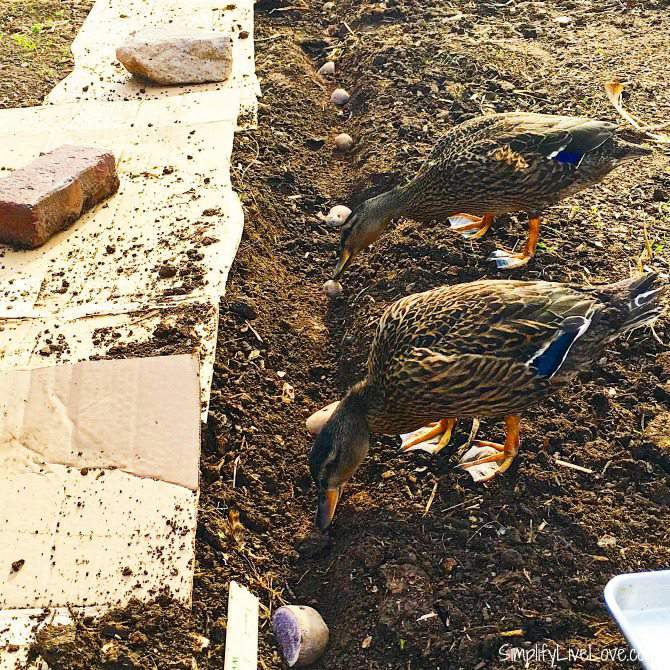
What is Succession Planting and How Does it Benefit Gardeners?
Succession planting means planting crops in stages throughout the growing season, rather than all at once. This allows gardeners to harvest a continuous supply of fresh produce over an extended period, rather than having a single, large harvest that needs to be preserved or used up quickly.
Succession planting is a good idea for a number of reasons but it can be tricky to keep track of all the dates unless you write everything down. That’s another reason we made this zone 5 planting schedule – so you can easily keep track of all plantings.
Here are a few more reasons why you might want to consider succession planting in your garden:
Maximize yield
By planting in stages, gardeners can ensure that their garden is always producing fresh vegetables and herbs, maximizing the yield from the space they have available.
Reduce waste
Rather than having a large harvest that needs to be preserved or used quickly, succession planting provides a steady supply of fresh produce, reducing the risk of waste.
Manage pests and disease
Succession planting can help manage pests and diseases by reducing the amount of time that any one crop is in the ground. This can prevent the buildup of pests and diseases that can harm plants.
Extend the growing season
By planting crops at different times, gardeners can extend the growing season and enjoy fresh produce for a longer period.
Improve soil health
Succession planting can improve soil health by reducing soil depletion and promoting the growth of beneficial microorganisms.

These vegetables respond well to succession planting in Zone 5:
Early in the season, gardeners can succession plant cool-season crops like lettuce, spinach, kale, and radishes. These crops can be planted in early spring as soon as the soil can be worked, and then replaced with warm-season crops like tomatoes and peppers as the weather warms up.
Bush beans and pole beans can be succession planted every two weeks throughout the growing season to ensure a continuous supply of fresh beans. The first planting can be done in early June, with subsequent plantings in mid-June, early July, and mid-July.
Carrots can be succession planted in the early and mid-season, and then again in late summer for a fall harvest. The first planting can be done in late April or early May, with subsequent plantings in mid-May and early June.
Cucumbers can be succession planted every two to three weeks throughout the growing season to ensure a continuous supply. The first planting can be done in mid-May, with subsequent plantings in early June and late June.
Peas can be succession planted in early spring and again in late summer for a fall harvest. The first planting can be done as soon as the soil can be worked in the spring, with subsequent plantings in mid-April and mid-August.
Many herbs like basil, cilantro, and parsley can be succession planted throughout the growing season to ensure a continuous supply.
Printable Zone 5 Planting Schedule – Adaptable to All Zones
To help you know when to plant what in your garden, I created this free printable planting schedule for you! It includes spots so you can keep track of when you plant what, how many days to harvest, and when you should begin harvesting.
It also lets you know what you should consider planting in succession, and how long to space out your plantings. While it’s tailored for my Zone 5 garden, the planting order will work for any zone. Every garden zone starts out planting cool weather crops first, they just do so earlier {or later} in the year.
To download your copy of the zone 5 Planting Schedule, make sure you subscribe to my newsletter.
Remember, I also have a free garden planner download for my blog subscribers! Get instant access to my Subscriber Library by signing up for my email list.
How to Adapt the Zone 5 Planting Schedule to a Different Zone
To adapt this planting schedule to a different growing zone, just consider your frost dates. My last frost date is May 15 and that’s the date I used when creating this chart. Let’s say your last frost date is May 1.
Just adjust my planting schedule to match yours. If your zone has a longer growing season than Zone 5, move my schedule forward. Using May 1 as an example, you would simply move all dates forward by two weeks.
But if your zone has a shorter growing season, slide my dates back. If your last frost date is May 30, slip all of my dates to two weeks later! Easy peasy, right!?
Start your garden notebook with this handy garden planting guide. Use it to know when to plant what, keep track of when you planted, when you should harvest, and what seed varieties you planted.
If you like this printable garden planting guide, you’ll like these posts too:
Get a Jump Start on Gardening with Winter Sowing
When to Start Seedlings Indoors in the Zone 5 Garden
Learn How to Store Seeds + 15 Creative Seed Storage Ideas
How to Harden Off Your Seedlings
How to Grow Garden Vegetables Series
Want to learn how to grow all the garden vegetables? Check out my How to Grow Series and learn to garden like a champ! More posts coming soon!
- How to Grow Broccoli from Planting to Harvest
- How to Grow Brussels Sprouts
- How to Grow Carrots from Planting to Harvest
- How to Grow Corn in Your Backyard Garden or Homestead
- 21 Tips for Growing Cucumbers in Raised Beds & Containers
- Beginner’s Guide to Growing Garlic
- How to Grow Lettuce Like a Champ
- How to Grow Big, Flavorful Onions from Planting to Harvest
- Growing Snap Peas, Shelling Peas, and Snow Peas
- Growing Potatoes the No-Dig Way
- What You Need to Know to Grow Yummy Big Strawberries
- How to Grow Rhubarb – Tips and Tricks for a Good Harvest
- 19 Secret Tomato Growing Tips
- How to Grow Zucchini in a Pot


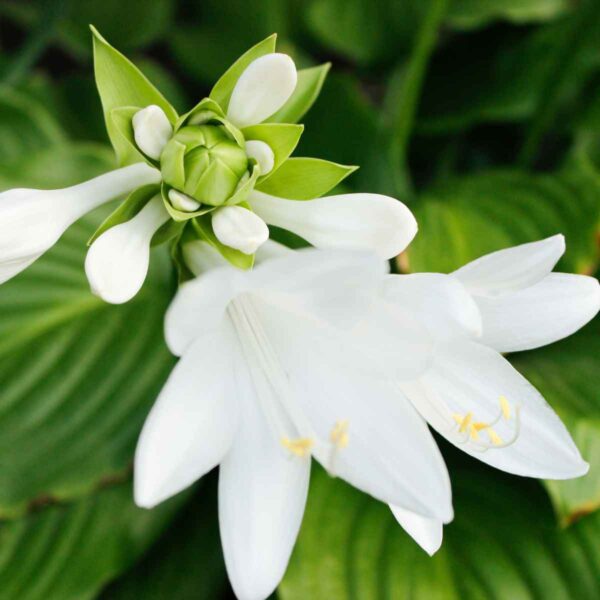
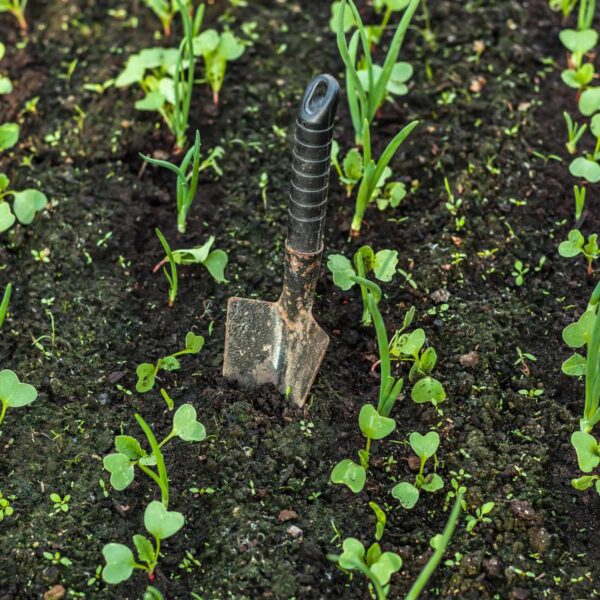
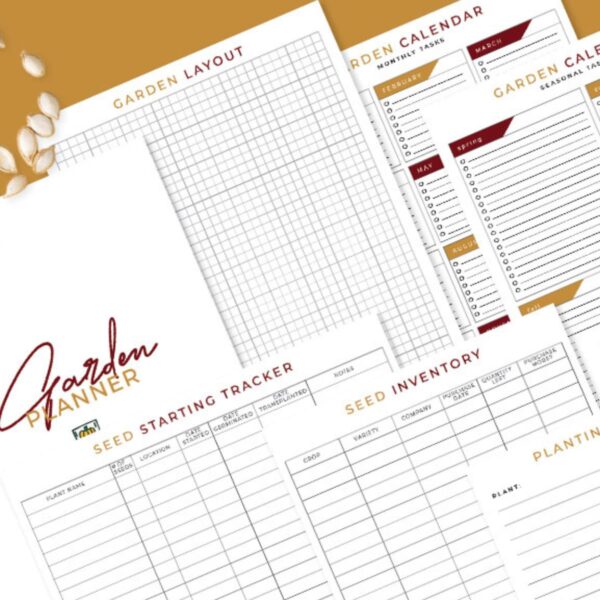









Thanks for the great printable Michelle. I haven’t gotten any thing planted in our garden yet but I did get my seeds started indoors. I’m hoping to be able to plant in the garden this weekend.
Hi Michelle your printable looks like a super handy guide and one that I’m sure so many will be thrilled to have. In the spring, I know I get over zealous and somethings overwhelmed with everything I want to do. Have a guide will certainly help keep us all on track. Since I’m in zone 6 your tips are pretty much right on track.
Awesome Printable Michelle! It looks like the dates are fairly close to even our zone 8a crop calendar. So I’m downloading it. I love the planting list because there are so many crops we forget about when we don’t have them written down.
I can’t WAIT to see your raised beds. I’m pretty sure you will love gardening in them 🙂 What a perfect year for a big project like that. This spring is so slow we only have peas up so far. Everything else is shivering out there and not growing much. We are at least a month behind this year.
I love the little critters eating the bugs in your garden! I’m going to check out your planner and add it to my gardening notebook… thank you for providing that in your post today.
Yay! You’re getting on the raised bed train. 🙂
Super helpful printable, too!
Where is zone five? What zone is Ohio?
Hi Sue, I’m not sure what zone Ohio is, but if you input your zip code here (http://davesgarden.com/guides/freeze-frost-dates/), you’ll find out. 🙂
Actually, sorry – put your zip code in here –> https://garden.org/nga/zipzone/
Printables like this always make gardening so much easier for me! Your daffodils are beautiful by the way. Mine are almost ready to bloom. I’m so impatient! Happy to hear your garlic is doing well. Free straw? Jackpot! Love those cute duckies 🙂 I love growing potatoes and nothing better than making some potato skins with chives and a little bacon and cheese. YUM! I am obsessed with Baker Creek Heirloom Seeds. Actually just did some shopping tonight. Ready to get planting.
no link to be found on this page for the Planting Guide!!!
Looking forward to learning new things